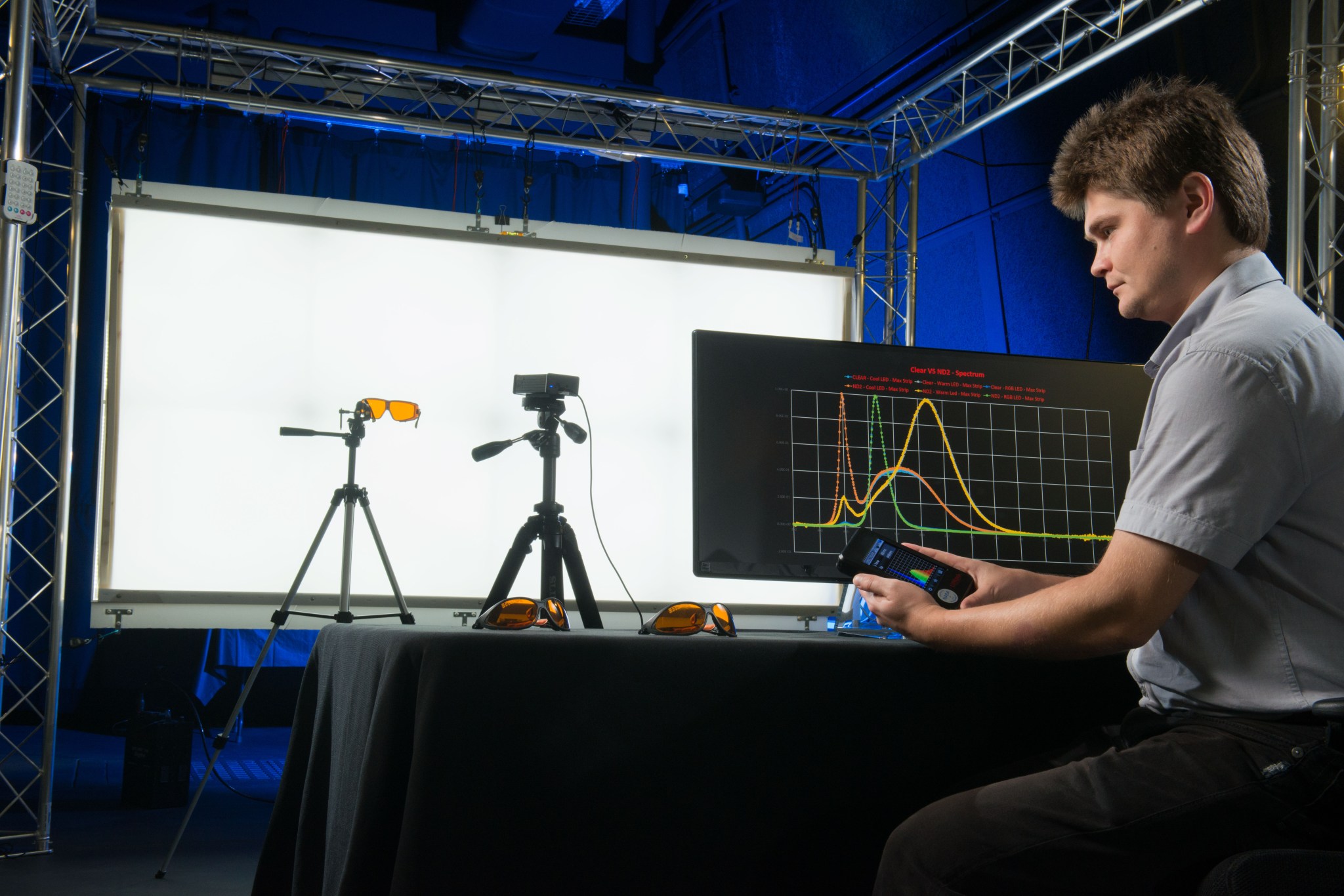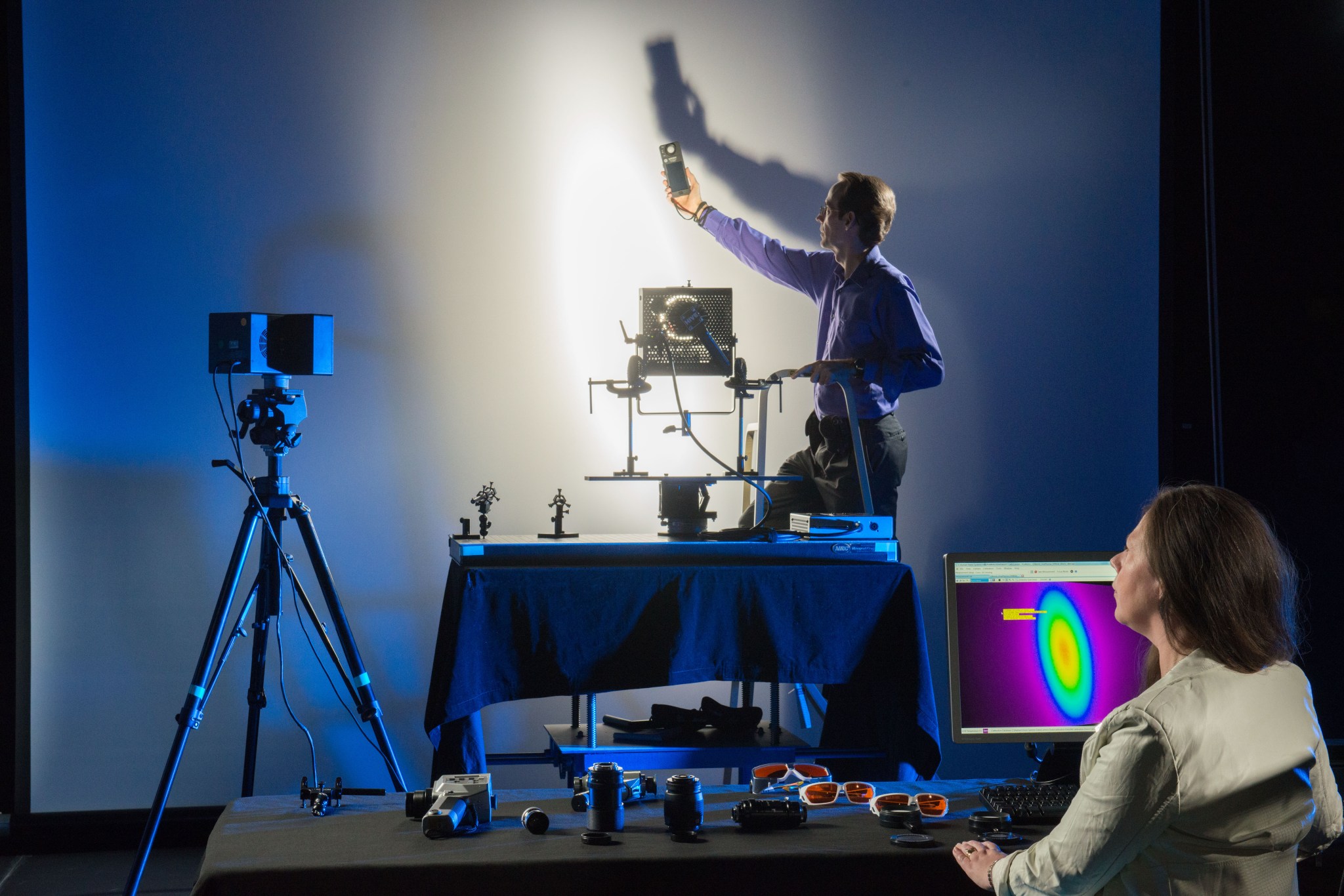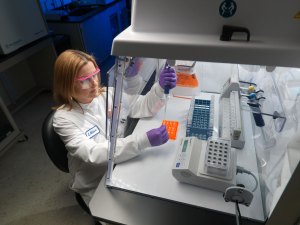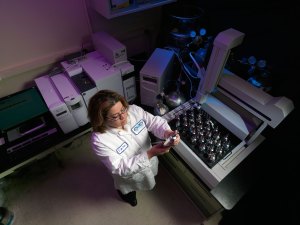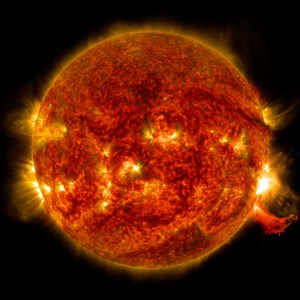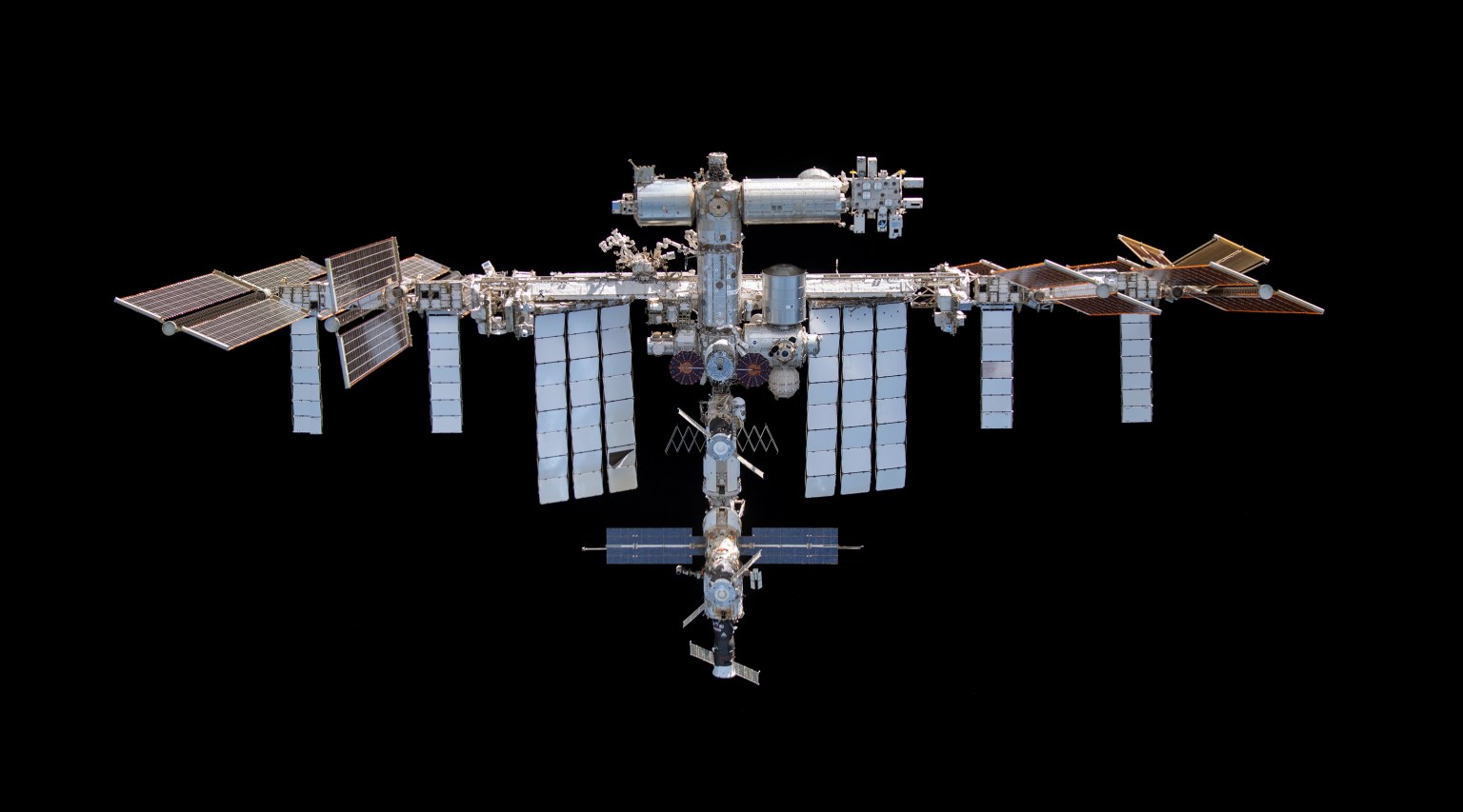The Lighting Lab provides internal and external lighting requirements verification for multiple programs including the International Space Station (ISS), Commercial Cargo and Crew, xEMU, Orion, Human Landing System (HLS), Gateway, and the Human Research Program (HRP).
Lab personnel are experts in lighting architecture and lighting technologies. Laboratory services cover a wide spectrum of services, including: lighting research, design of integrated interior and exterior vehicle lighting architectures, lighting and camera system integration, lighting controls, lamp optical design, lighting mockup development and conceptual design, and testing of light sources and integrated lighting systems.
Major laboratory assets include:
Physics Based Optical Lighting Analysis & Prediction Software, which enables clients to utilize agile design practices for the research, development, and verification of complicated optical systems, ranging from small-scale lamp development to full-sized integrated interior and exterior spacecraft lighting architectures. The Lighting Lab utilizes forward and reverse raytracing, physics-based lighting analysis software, to simulate a virtual laboratory for the estimation of lighting metrics for complex optomechanical systems.
Controlled darkroom facility integrated into a 300-foot tunnel. The Lighting Lab’s controlled lighting test facility provides an ideal location for the research and verification testing of optical performance parameters. The lab maintains a range of test assets, including spectral radiometers, spectral irradiance meters, spectral reflectance meters, and an imaging colorimeter and goniometer. The facility is an ideal location for lamp and imaging system integration testing, and using their high-powered lamps, can support testing at orbital lighting conditions.
Points of Contact
William Foley
Jurine Adolf
Toni Clark


























